
Bassmaster Elite Series angler John Crews has a lifetime of fishing experience and a pair of Elite trophies confirming his skill. Furthermore, as owner of Missile Baits, he brings a ton of insight to discussions of bait shapes and applications.
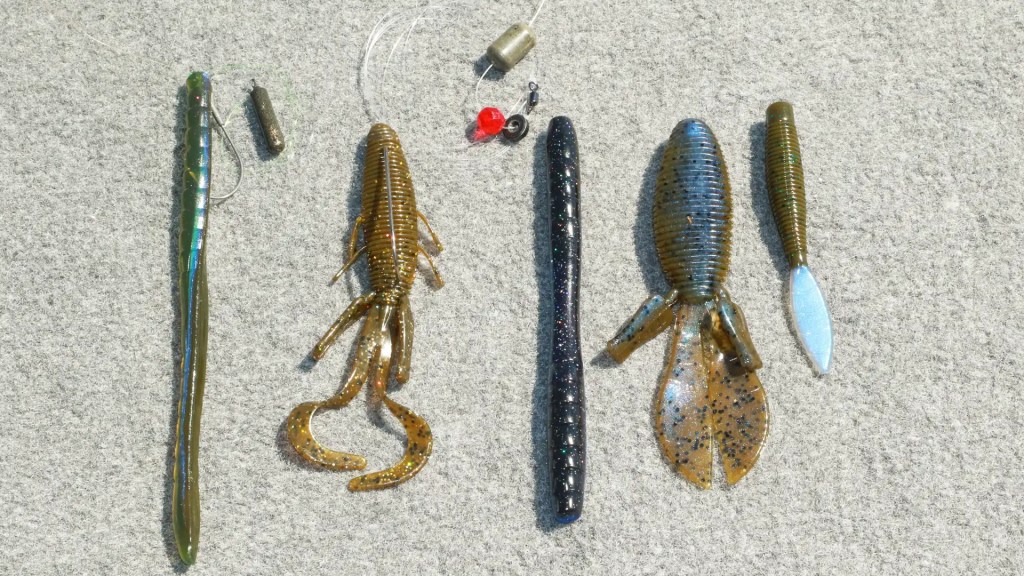
Bassmaster Elite Series angler John Crews recently offered his suggestions for a solid lineup of plastic baits that will address almost any scenario an angler may face. (Crews used items from his bait lines, but multiple brands offer similar options.)
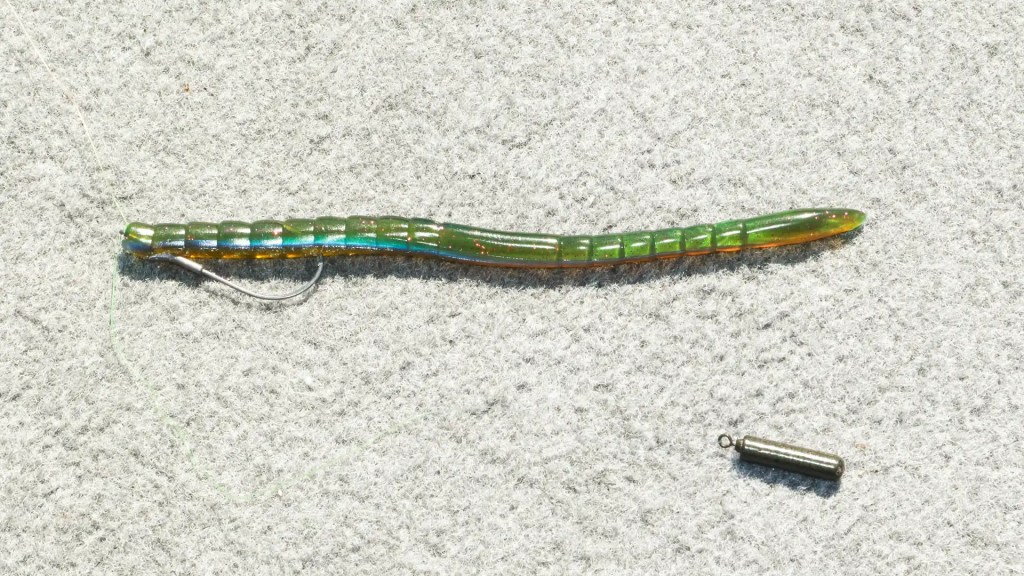
With soft texture and proportions, the simple design of a bait like the Missile Baits Magic Worm ensures constant action and good hookup ratios — both essential for the drop-shot presentation.
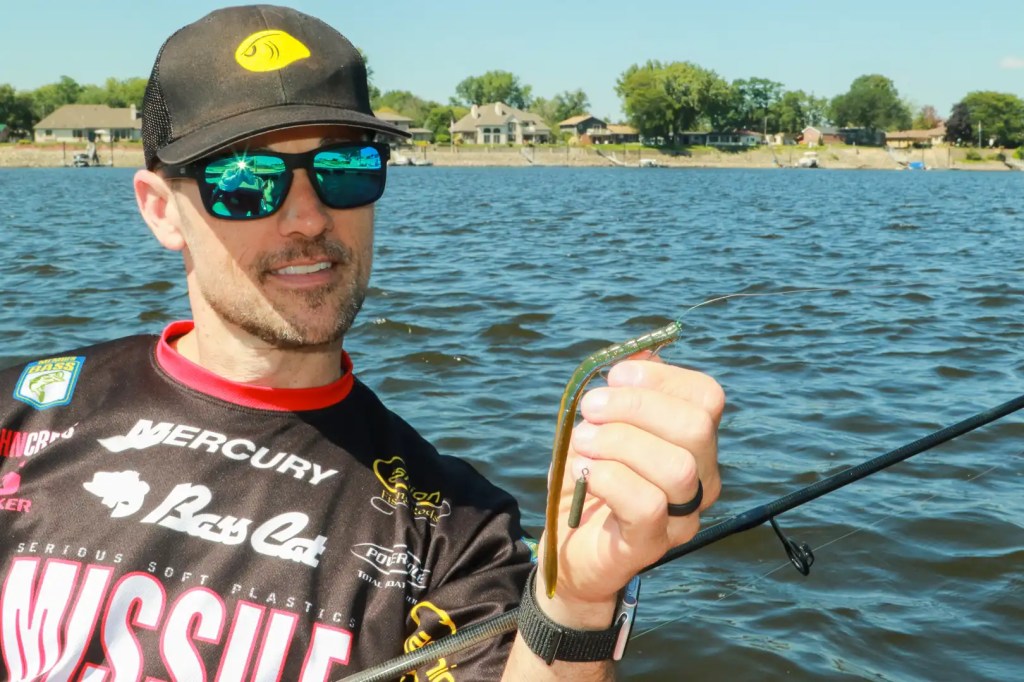
“The straight tail is very subtle, and I think it works in any scenario,” said Crews, who used the Magic Worm during his Elite win on the St. Johns River. “The action is not induced by the tail; it comes from the entire bait undulating.”
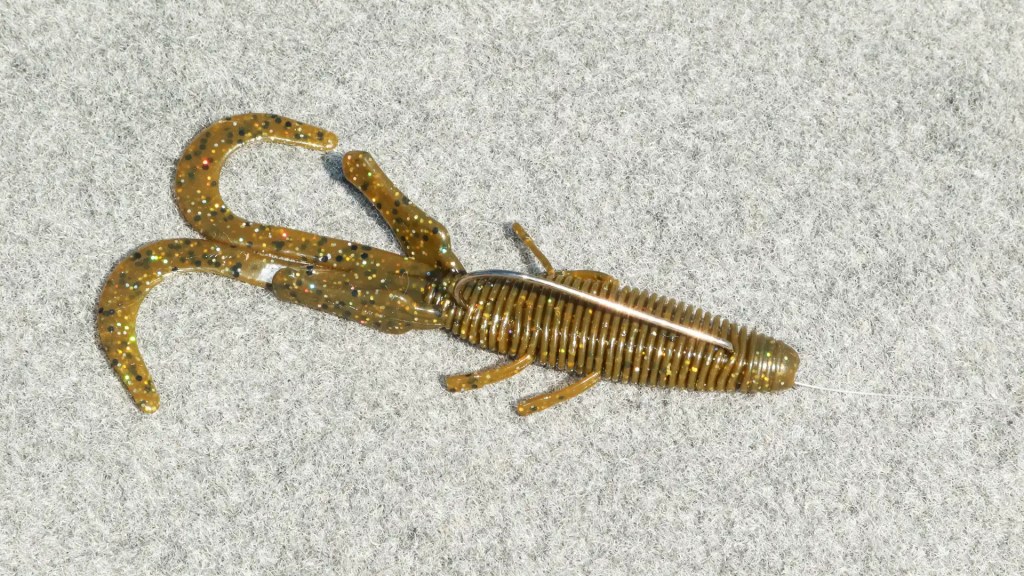
This is a highly enticing bait shape that works very well on a Carolina rig, which comprises a slip sinker flanked by noise-making plastic or brass beads slipped onto the main line before tying to a swivel. A leader with the hook is tied to the swivel’s opposite side to create a rig that maintains bottom contact while floating the bait 2 to 3 feet behind.
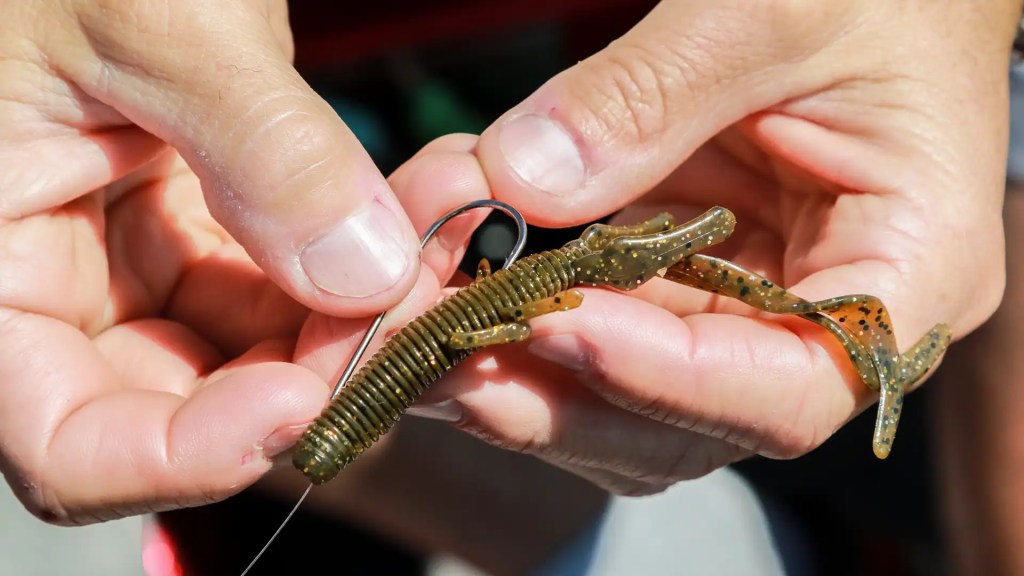
Preferring the Missile Baits Baby D Stroyer, Crews said this type of bait dually mimics a crawfish scooting along the bottom or a small bream swimming low. Whatever the preference, a Carolina-rigged creature bait is a great option for searching large areas that do not have submerged vegetation. In such areas, fish will gravitate to hard-bottom spots, so dragging a “C-rig” is a good way to find them.
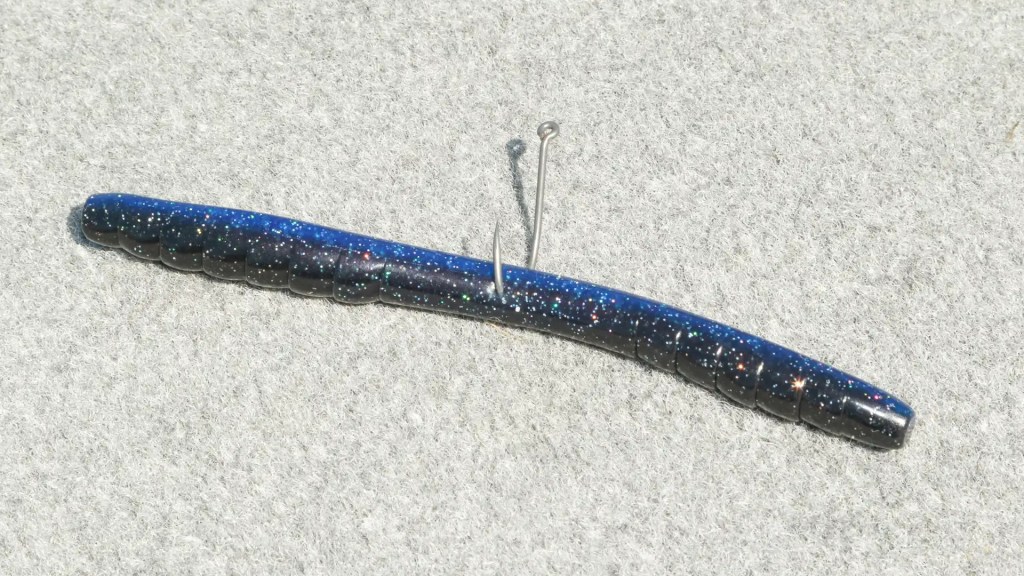
Similar to a straight-tail worm in its modest design, a stickworm like Missile Baits’ The 48 is ideally suited for one of the sport’s most productive presentations: the wacky rig. In this arrangement, the hook is inserted at the bait’s midpoint, so the two ends hang evenly.

As Crews explains, a stickworm falls slowly, while the hook’s central position makes the ends shimmy on the descent. This is a great option for shallow water or anytime the fish are looking up. The wacky-rigged stickworm is also highly effective around the spawning season.
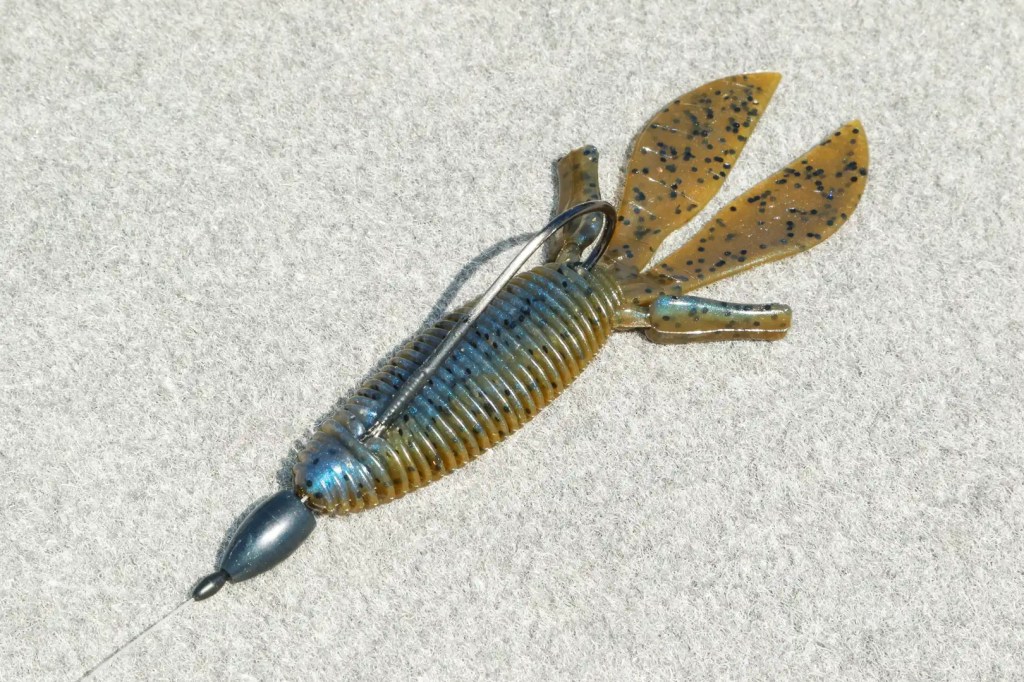
The most popular bait for flipping/pitching techniques, beavers are typically characterized by a broad body, often ribbed and tapering at both ends with prominent flappers and at least one set of minor appendages. The profile resembles juvenile bream or sunfish, and the typical up-and-down presentation style looks like an injured forage fish that bass instinctively target.
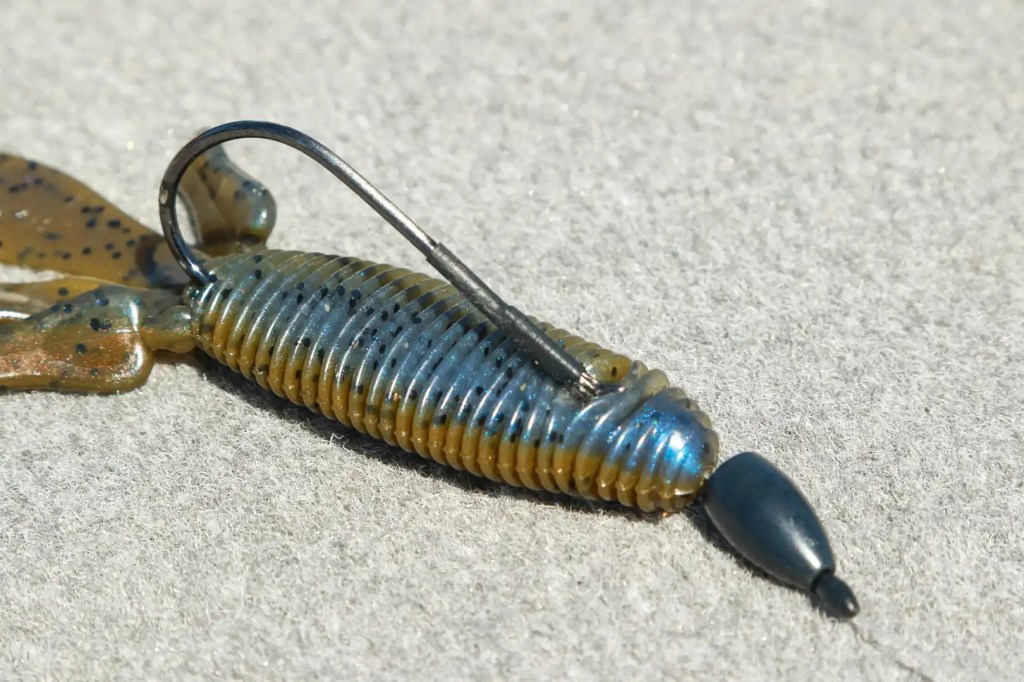
“The bream profile is always an easy sell to bass,” said Crews, who uses a Missile Baits D Bomb. “They often live in similar places — grass, laydowns and docks — so bass are used to seeing this profile.”
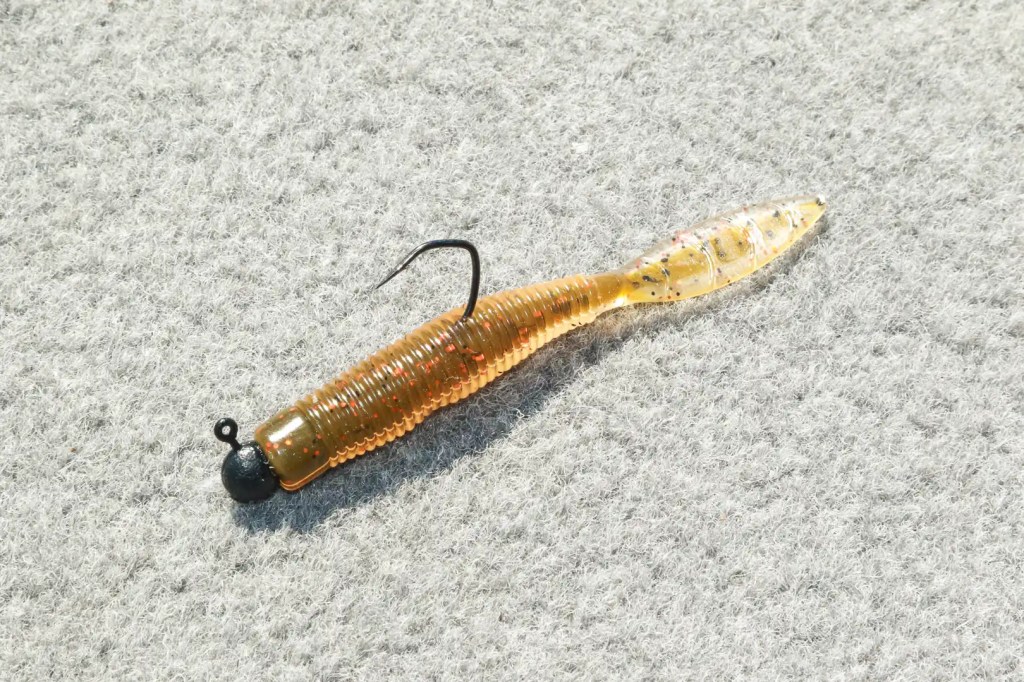
Often called the Midwest Finesse Rig, this simple yet widely productive rig is named for its creator, Ned Kehde. Comprising a small leadhead and a short, soft-plastic body, the Ned rig falls slowly and darts erratically. With minimal skill required, this triggers bites from lethargic fish, so it’s one of the best rigs for beginning anglers.
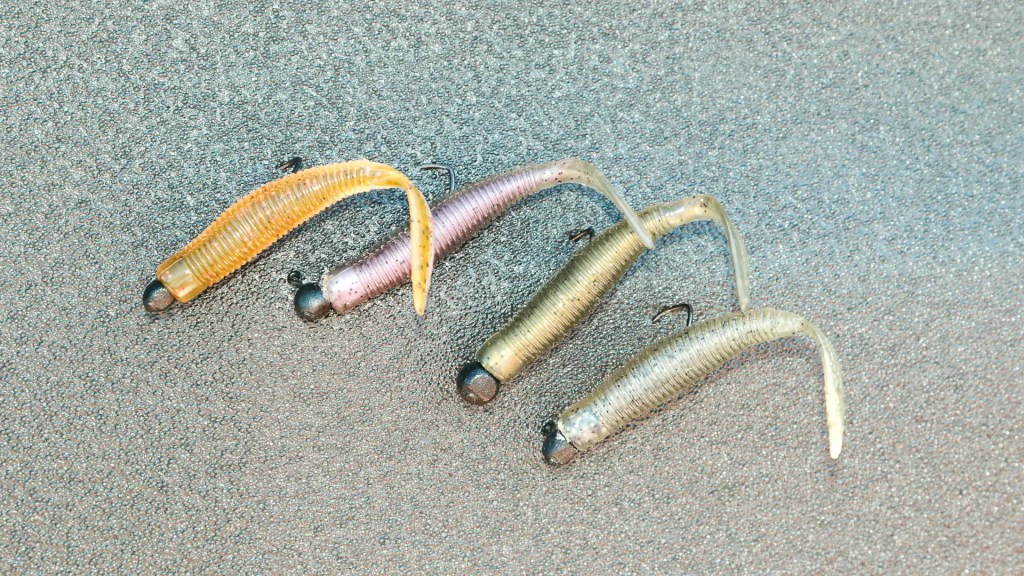
Crews designed the Missile Baits Ned Bomb with a modest, ribbed body and a significant tail to create the waving action that draws attention to a compact bait, even while it’s at rest. Crews’ suggestion: Keep a 1/16- and 1/8-ounce Ned rig handy and you’ll be able to tempt picky bass in just about any scenario.





